
Credit Risk Management
The Role and Importance of Stress Testing in Credit Risk Management
Stress testing is a simulation technique crucial to test or assess the resilience of financial institutions and their portfolio or...

Credit Risk Management
Future of Credit Risk Modeling: Trends and Applications
The future of credit risk modeling is continuously evolving with the ever-increasing integration of artificial intelligence and machine learning. These...

Credit Risk Management
Effective Risk Management Techniques to Improve Credit Portfolio Returns
A credit portfolio—comprising loans, bonds, and other such credit exposures—is pivotal to the financial health of a bank or financial...

Credit Risk Management
Credit Risk Analysis Techniques in Banks and Financial Institutions
Credit Risk analysis techniques are quantitative tools that banks and financial institutions can use to evaluate the borrower’s ability to...

Credit Risk Management
Modern Approaches in Credit Risk Modeling
Credit risk modeling is relatively a very old and essential component of financial risk management, where decisions cut across lending,...

Enterprise Risk Management
How to Manage Different Types of Model Risks in Banks & Financial Institutions
Financial modeling plays a critical role in banks and financial institutions. They assist financial institutions in decision-making, risk management, and...

Credit Risk Management
Top Trends in Credit Risk Management
Credit risk management is one of the fundamental processes and an essential function in financial institutions. It aims to identify,...

Enterprise Risk Management
Credit Portfolio Management – Challenges and Strategies
Credit Portfolio Management (CPM) is a key function for banks and financial institutions. It consists of a critical set of...

Enterprise Risk Management
What is Model Risk Management (MRM) in Banking and Finance?
Model risk occurs due to a potential flaw or performance gap in the internal control model, which financial institutions use...
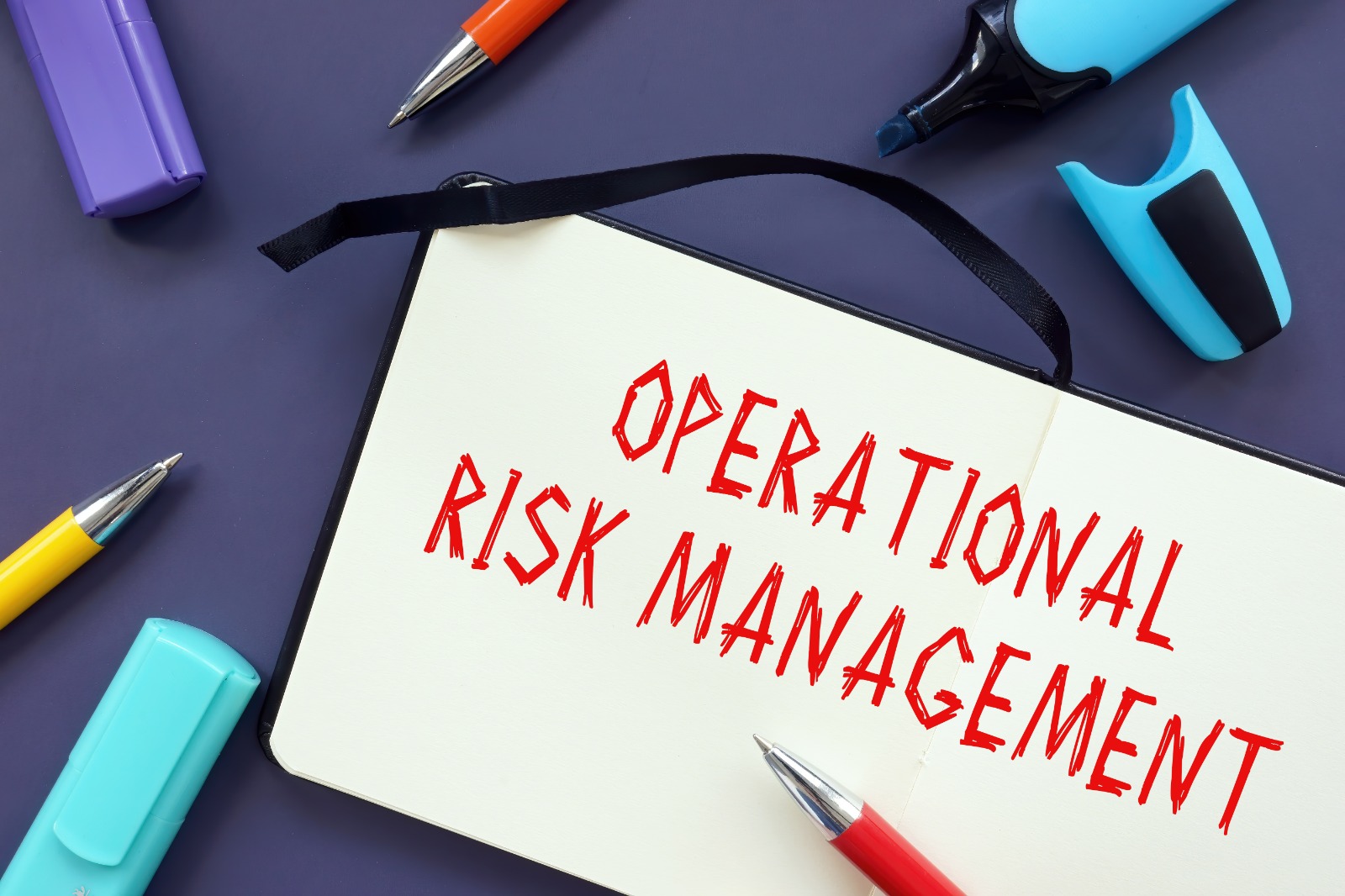
Enterprise Risk Management
Operational Risk Management (ORM) in Financial Services
Operational risks present extreme complexities to mitigation strategies due to diverse and volatile risk factors that span multiple aspects such...

Enterprise Risk Management
Credit Risk Management Processes, Best Practices & Techniques
Credit risks can severely impact a bank’s financial stability and reputation and can appear in many forms such as loan...

Enterprise Risk Management
Credit Risk Management in Banking: Challenges and Solutions
Credit risk is one of the significant risks for banks and financial institutions across the globe, and it can lead...
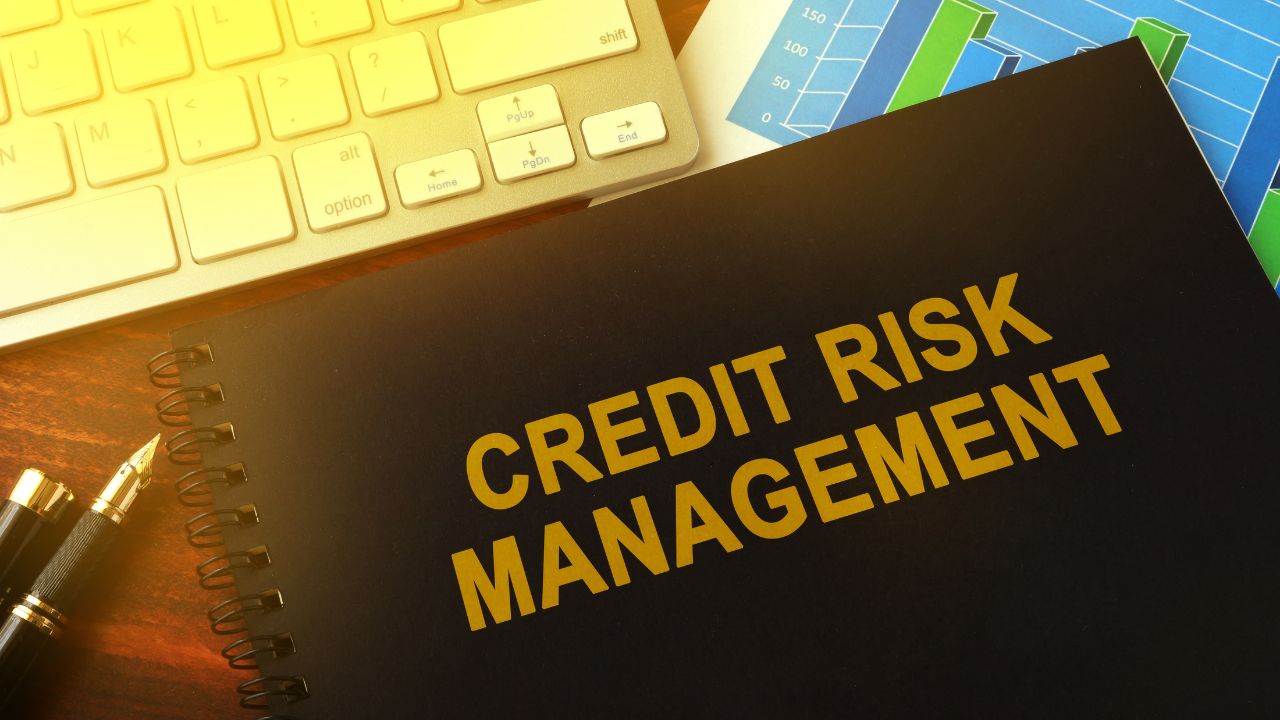
Enterprise Risk Management
A Guide to Credit Risk Management for Banks and Financial Institutions
Credit risk is a major financial risk that occurs when a borrower or entity fails to repay the owed principal...
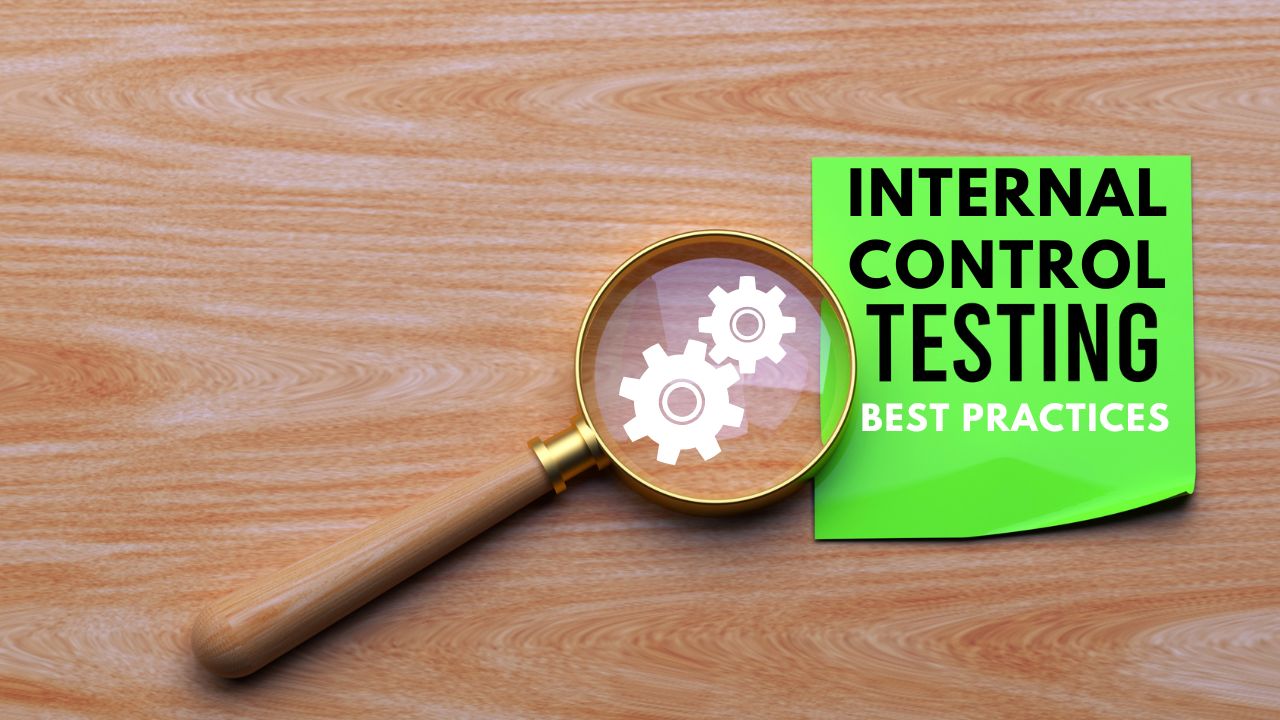
Enterprise Risk Management
Internal Control Testing: 10 Best Practices for Banks
Control testing assists banks and financial institutions to evaluate their internal controls, including corporate governance & accounting processes, to mitigate...
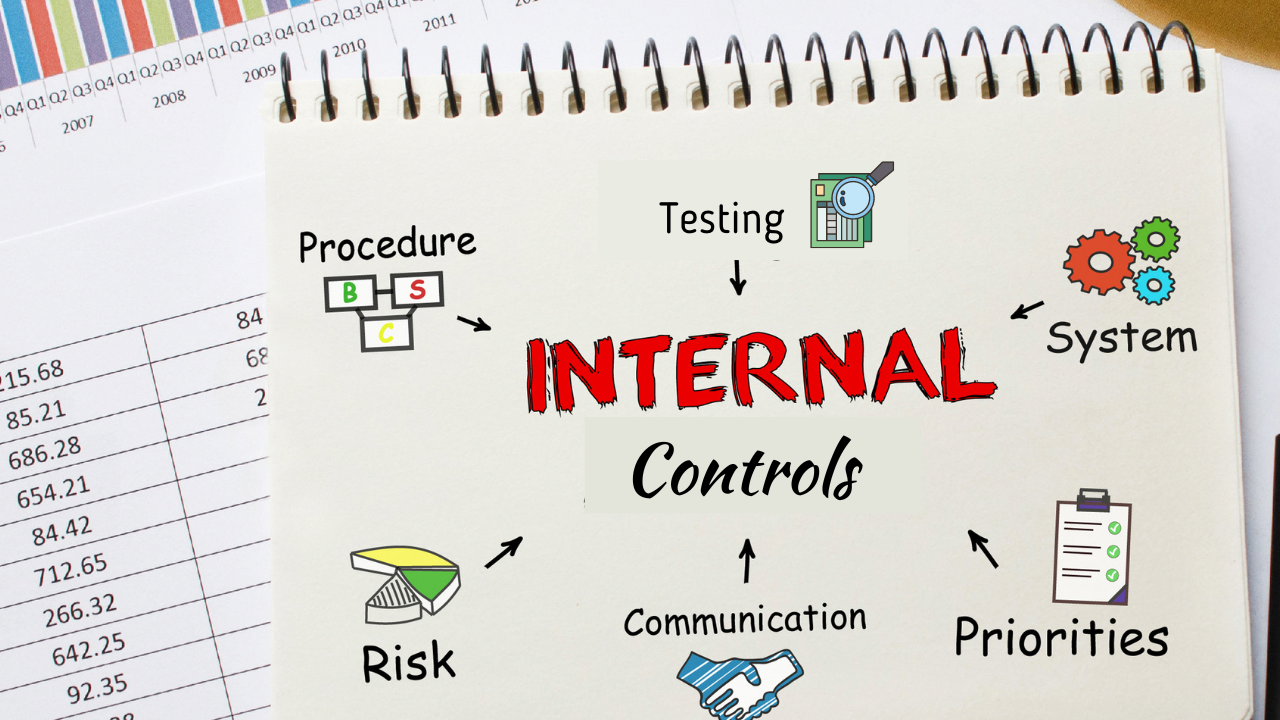
Enterprise Risk Management
How to Implement Control Testing Programs to Mitigate Risks in Banks
Internal controls help banks and financial institutions detect mistakes, fraud, and non-compliance, and reduce risks. In addition, control testing plays...

Enterprise Risk Management
The Role of Control Testing in Mitigating Enterprise Risks in Banking
Banks and other financial institutions face a wide range of enterprise risks that can impact their operations, financial stability, reputation,...

Enterprise Risk Management
Best Practices for Effective Governance, Risk, and Compliance Management
The banking industry has experienced some of the most unprecedented transformations in recent years. To navigate the complex regulatory landscape...

Enterprise Risk Management
Risk Management Lifecycle for the Banking Industry
A comprehensive understanding of the risk management lifecycle and risk management strategies is critical to addressing the risks and threats...
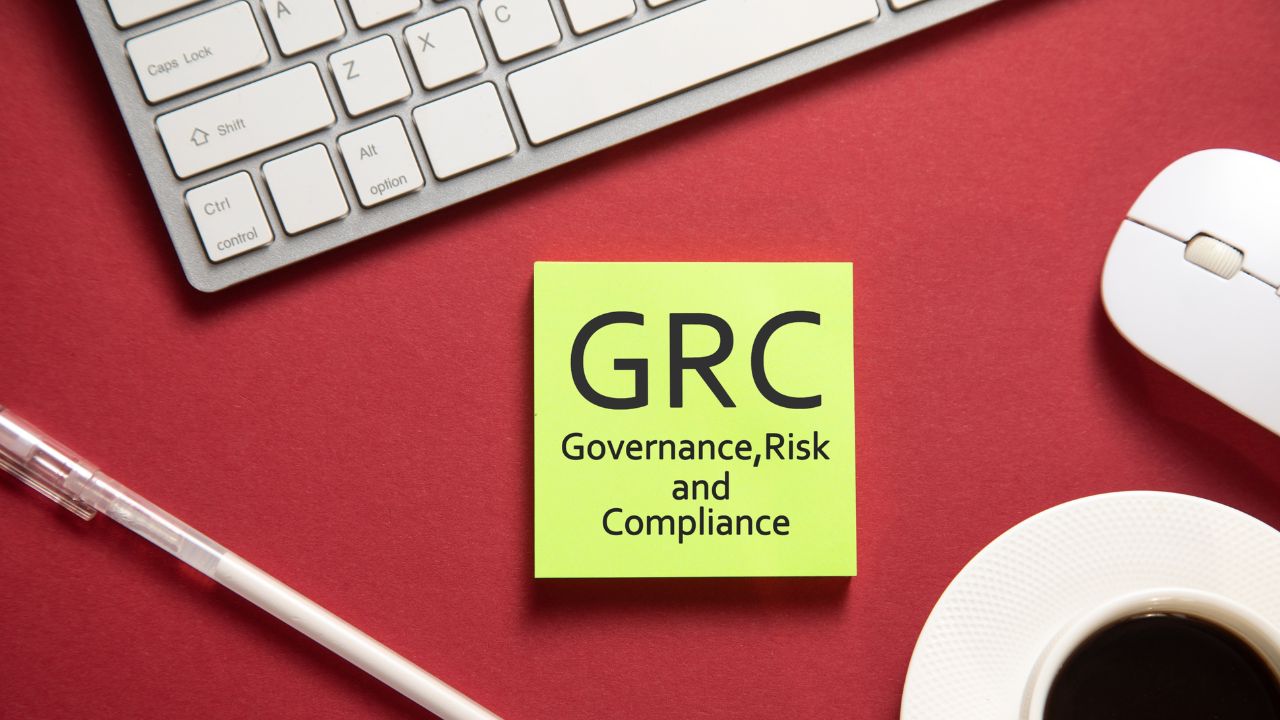
Enterprise Risk Management
Governance, Risk, and Compliance in the Banking Industry
Governance, Risk, and Compliance (GRC) refers to organizations’ strategy for corporate governance, risk management, and compliance with government laws and...
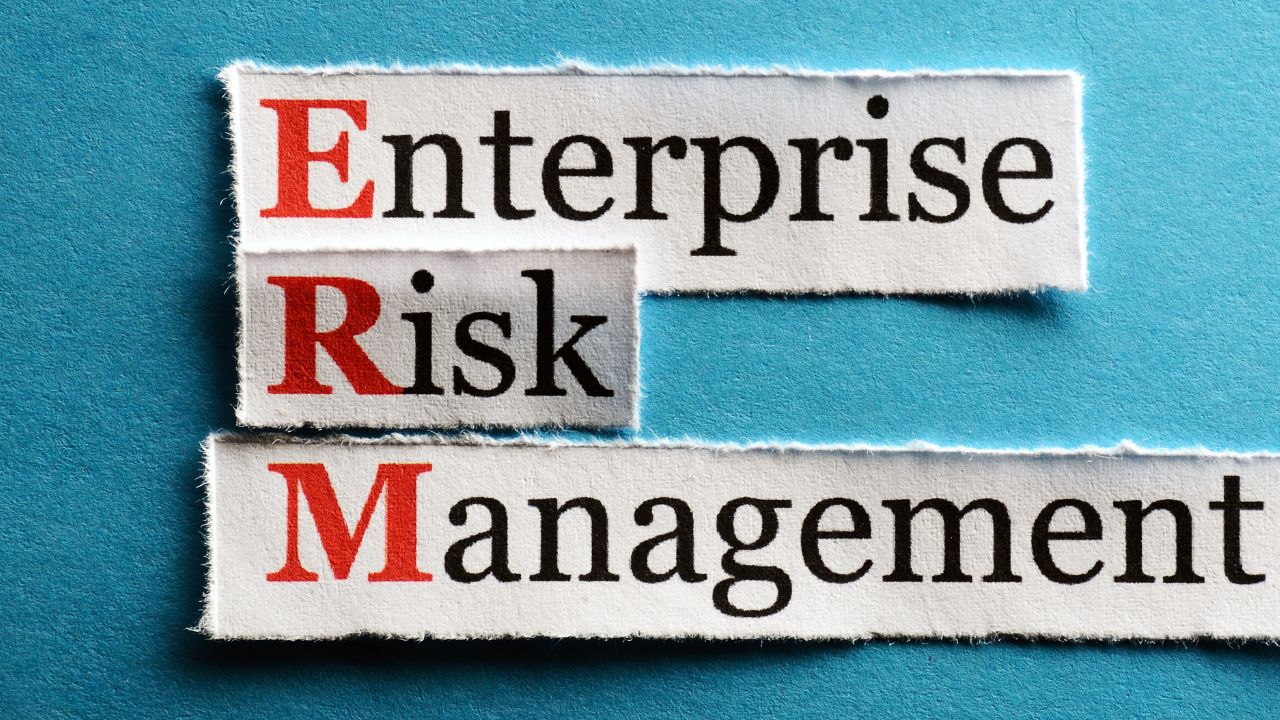
Enterprise Risk Management
Benefits of Enterprise Risk Management in the Banking Sector
The financial sector is one of the most risk-prone industries, and banks are at the forefront of this risk. Banks...

Enterprise Risk Management
How to Overcome Potential Challenges in ERM Implementation
Enterprise Risk Management (ERM) is a top-down approach to managing organization-wide risks, ensuring profitability, performance, and regulatory compliance. The practice...
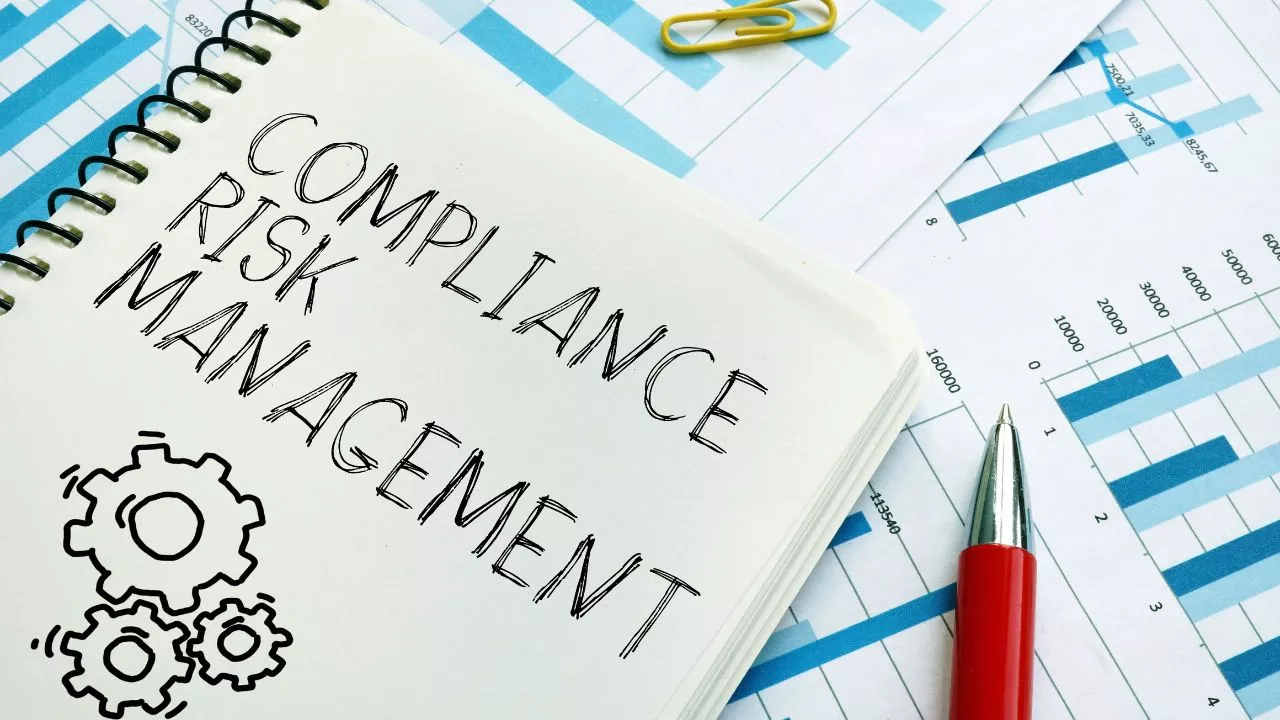
Enterprise Risk Management
Compliance Risk Management (CRM) in Banking Industry
Compliance refers to how a bank or any other organization adheres to applicable laws, policies, and regulations in the jurisdiction...

Enterprise Risk Management
4 Key Components of a Robust ERM Framework for Financial Institutions
An enterprise risk management framework (ERMF) is a template or guideline that enables a systematic approach to identify, analyze, and...

Enterprise Risk Management
The Three Lines of Defense Model in Risk Management
Developed by the Institute of Internal Auditors in 2013, the three lines of defense model (3LoD/TLoD) is one of the...
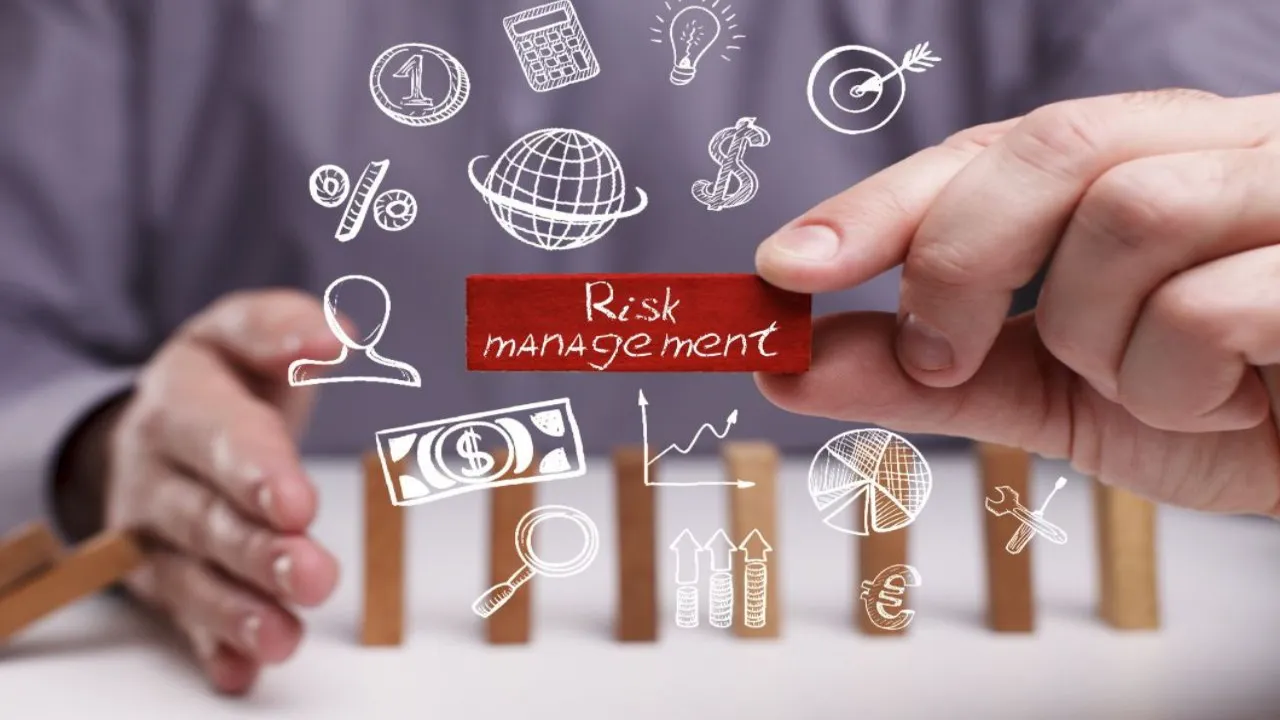
Enterprise Risk Management
Enterprise Risk Management (ERM) in the Banking Industry
Enterprise Risk Management (ERM) in the banking industry refers to risk management strategies and systems to identify, manage, and prepare...

Enterprise Risk Management
4 Key ERM Frameworks to Manage Cybersecurity Risks in Banking
Banks and financial organizations encounter unique challenges and risks in their line of business. Unexpected threats and risks arising from...

Enterprise Risk Management
9 Types of Enterprise Risks in the Banking Industry
Enterprise risk management refers to the process and systems in place to identify the risks and provide solutions to manage...
